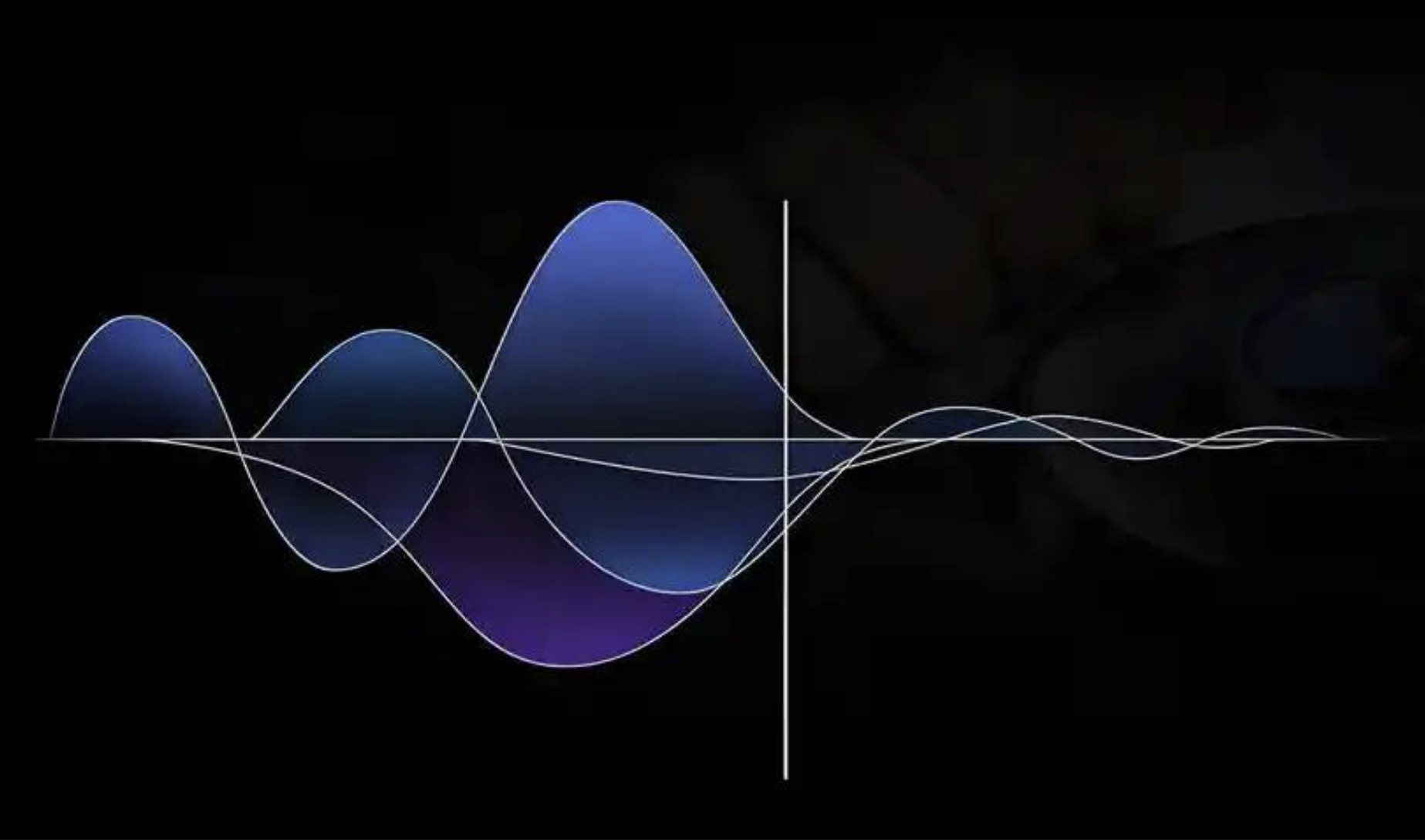
TSN originally originated from the application requirements in the audio and video field, extending from the audio and video data field to the industrial and automotive fields, and was initially referred to as Audio/Video Bridging (AVB) technology. Audio and video networks require high bandwidth and maximum real-time data transmission. With the help of AVB, high-quality audio and video can be transmitted effectively. Based on traditional Ethernet networks, AVB provides excellent service quality by ensuring bandwidth, limiting latency, and precise clock synchronization, to support various network multimedia applications based on audio and video. The transmission of audio and video information requires strict timing rules. If audio or video packets cannot reach their destination according to the specified timing loss and poor audio quality. In addition, predictable latency is required to ensure synchronization between video and related audio streams.

The IEEE 802.1 working group established the AVB Audio Video Bridge Task Force in 2005, which began to develop an Ethernet based audio and video transmission protocol set. In the following years, it successfully solved the problem of real-time synchronous transmission of data in audio and video networks, which immediately attracted the attention of professionals in the automotive and industrial fields. In 2012, the AVB task group expended the application requirements and scope of time deterministic Ethernet is its charter, and renamed it as the current TSN task group. TSN has become a new generation network standard based on Ethernet, with real-time functions such as time synchronization and delay guarantee. TSN consists of a series of standards, each of which can be used independently. Only when the various standards work together can TSN fully realize its potential. The functions and standards are as follows.
1) Timing and synchronization of time sensitive applications: IEEE 802.1 AS.
2) Scheduling and traffic shaping (time selector): IEEE 802.1 Qbv.
3) Preemptive sequence: IEEE 802.1 Qbu.
4) Path control and retention of redundant networks: IEEE 802.1 Qca.
5) Traffic restrictions: IEEE 802.1 Qci.
6) Seamless redundancy: IEEE 802.1 CB.
7) Wireless bridging: IEEE 802.1 Qbz and 802.1 ak.
Post time: Apr-10-2025

